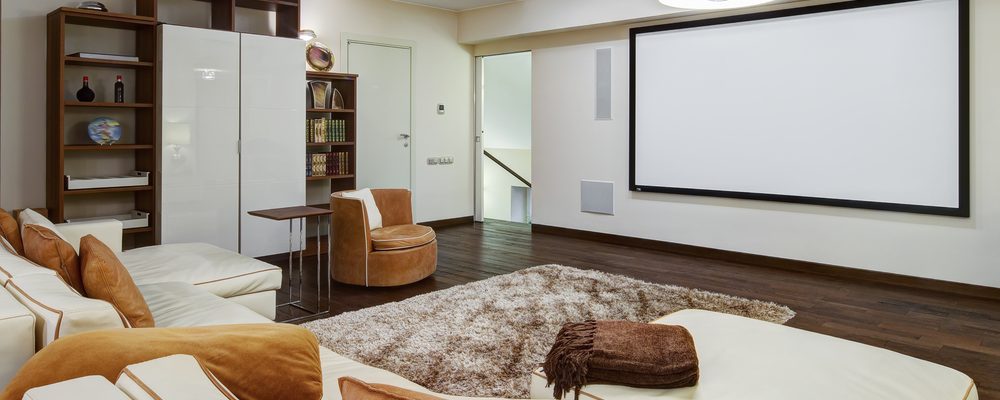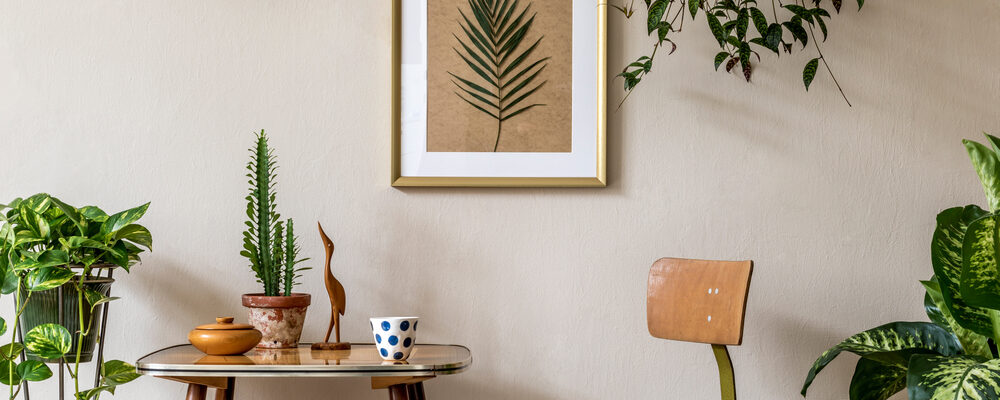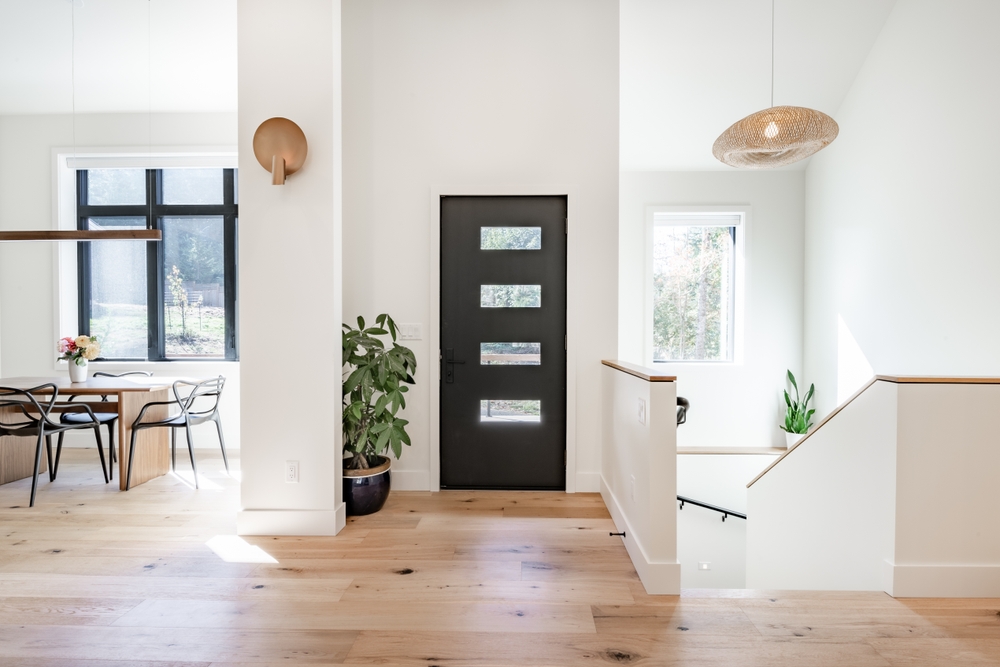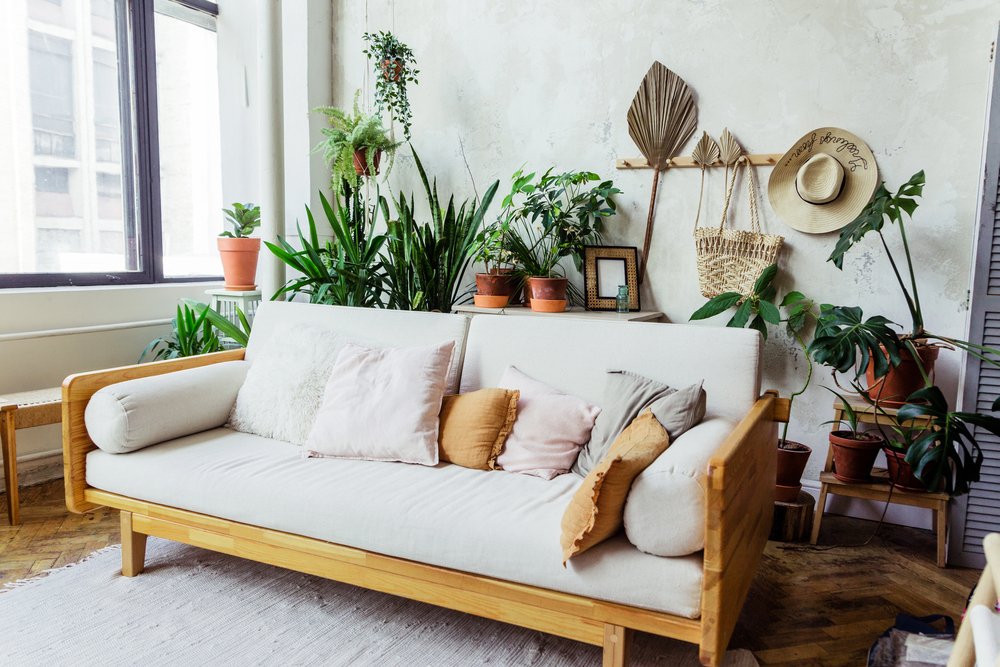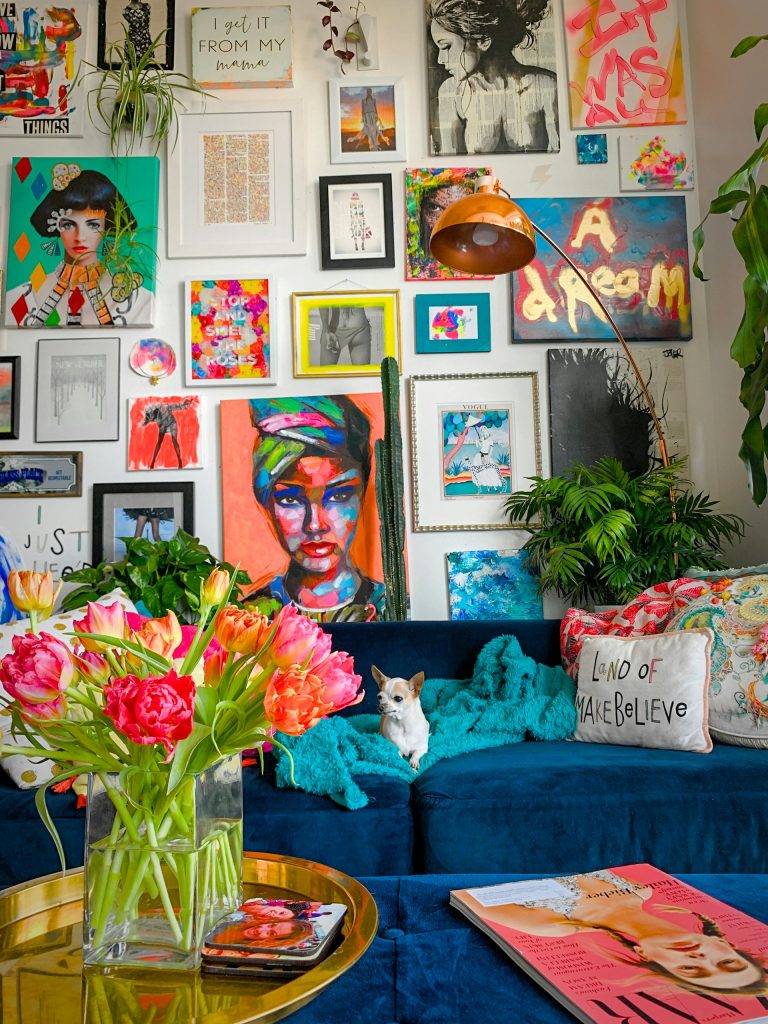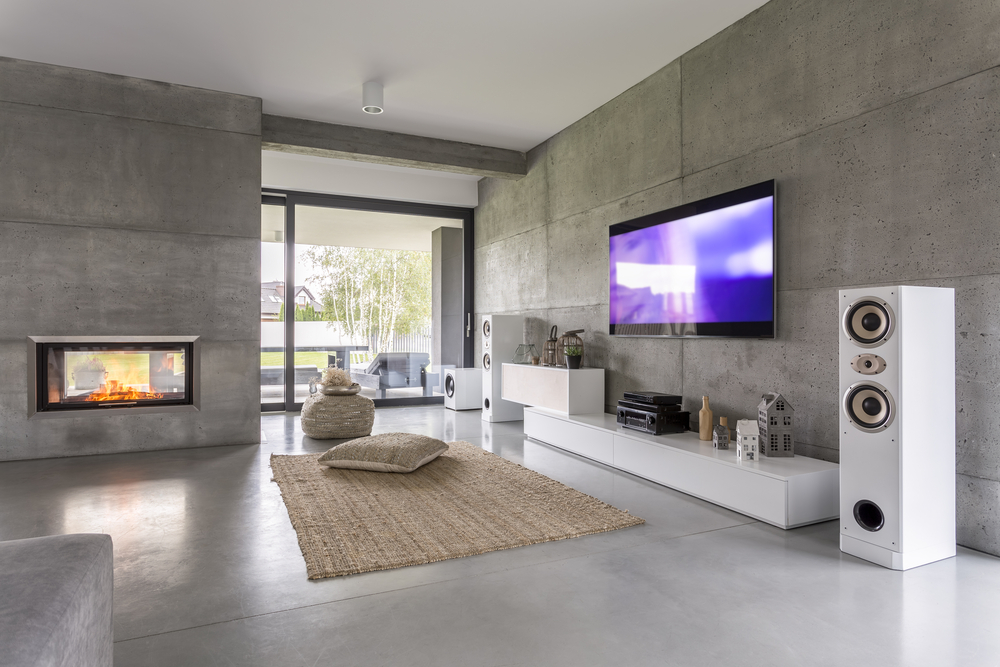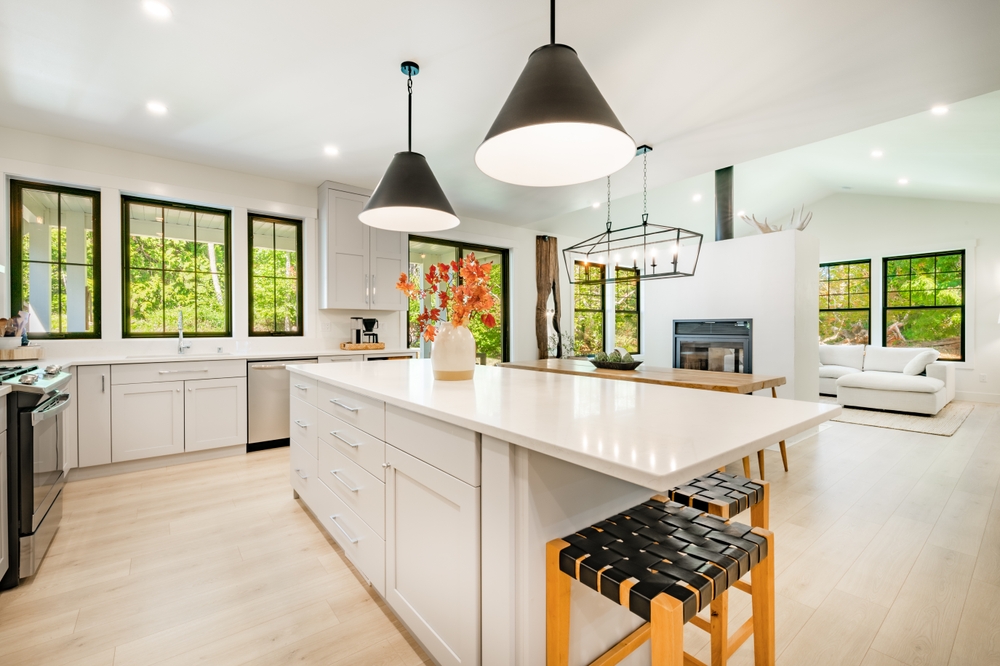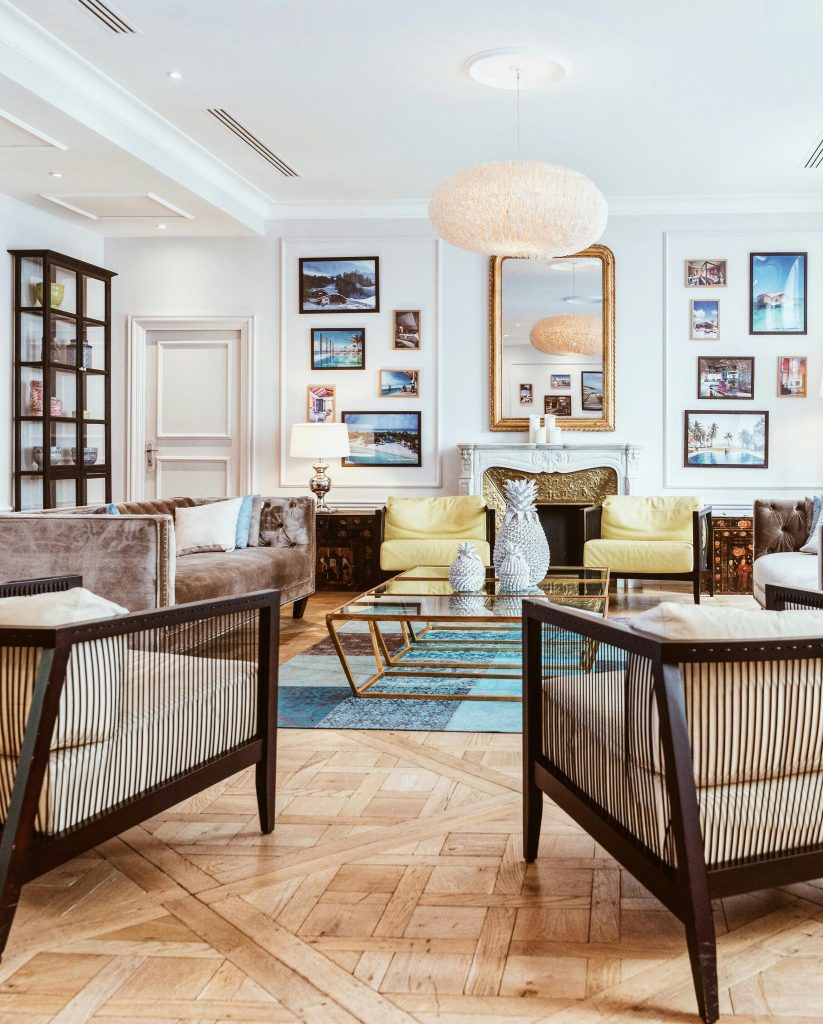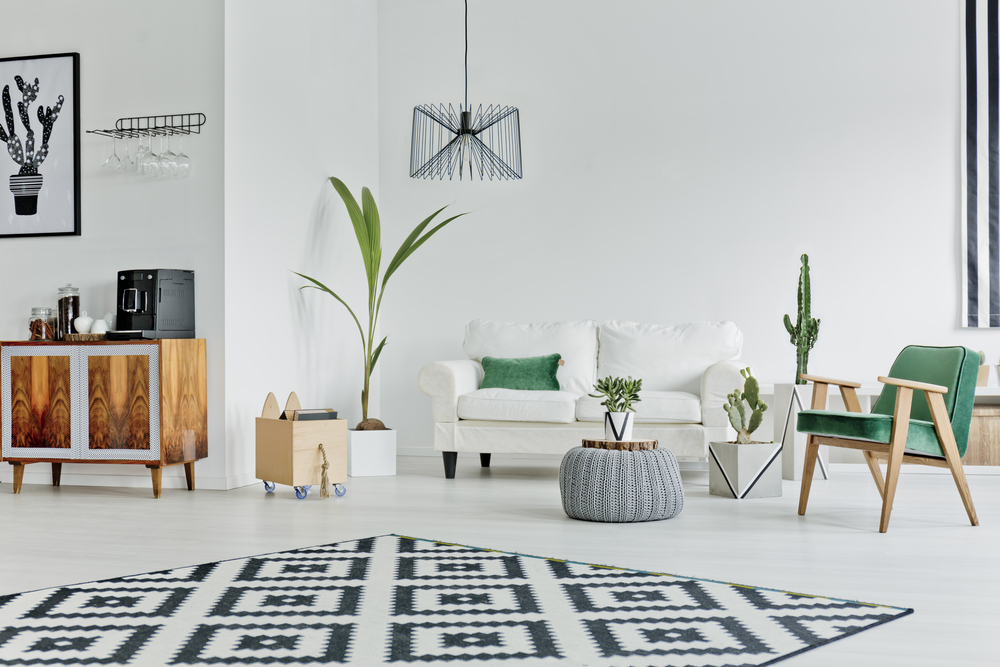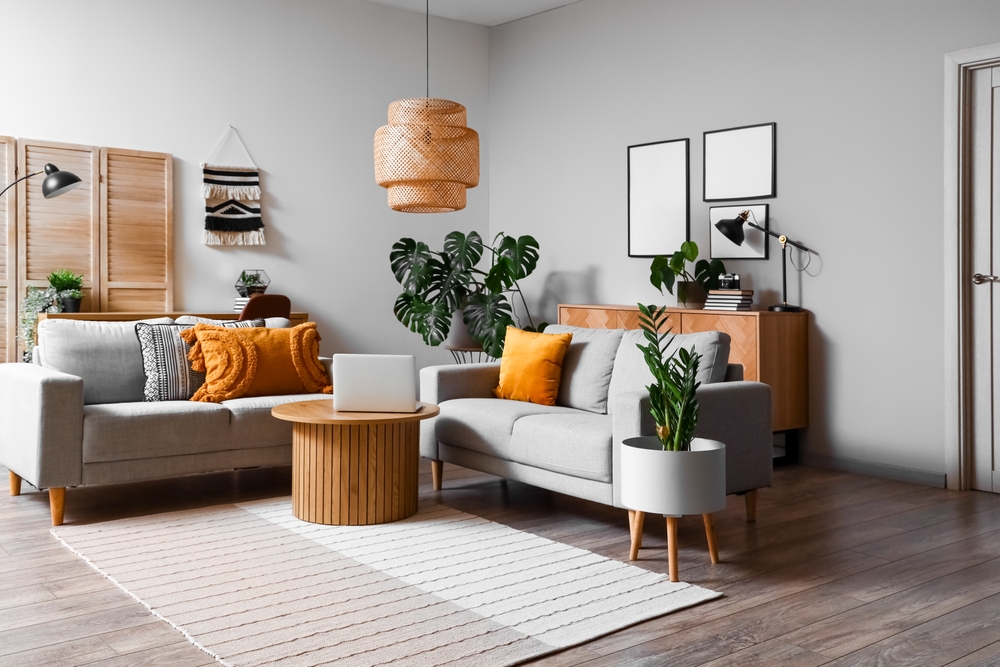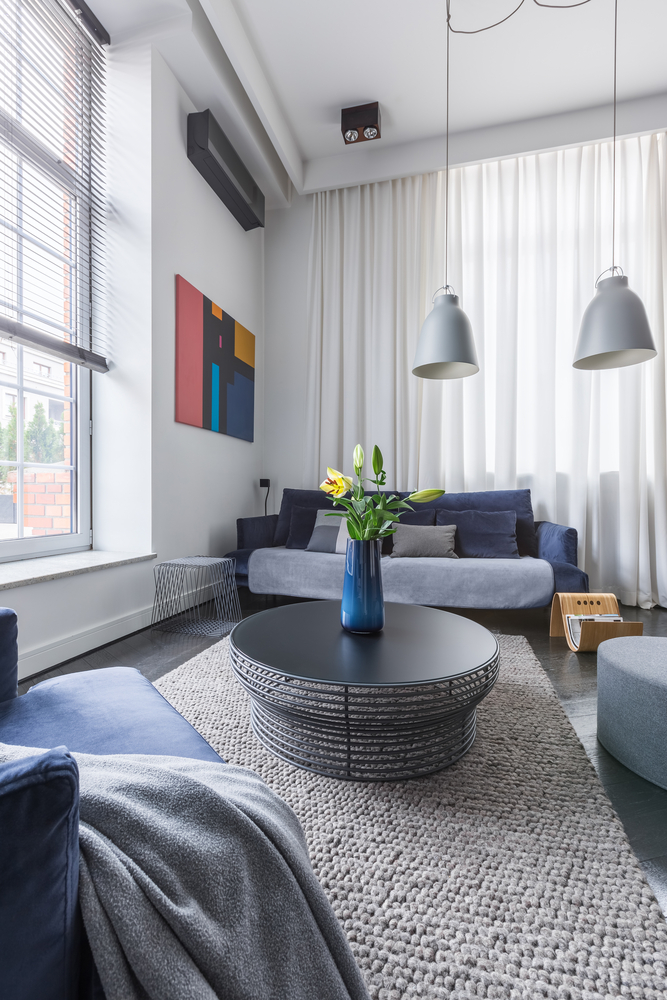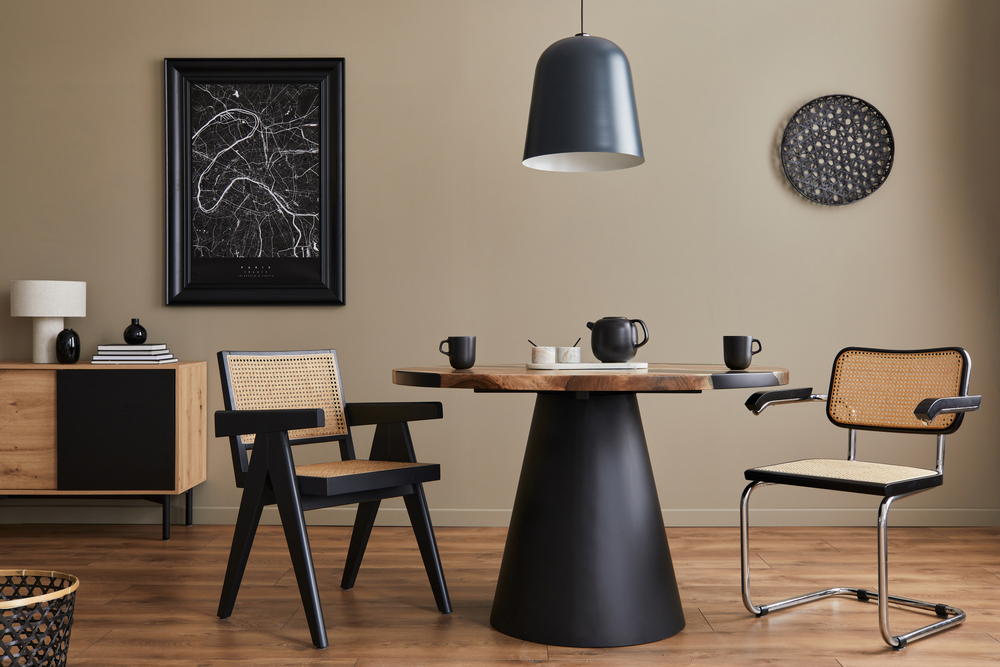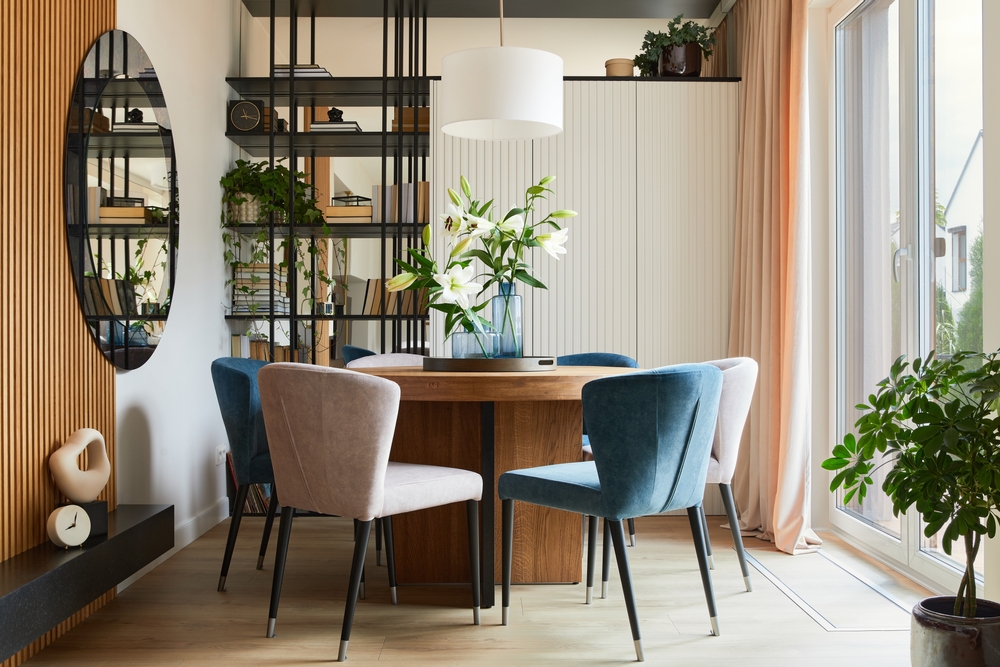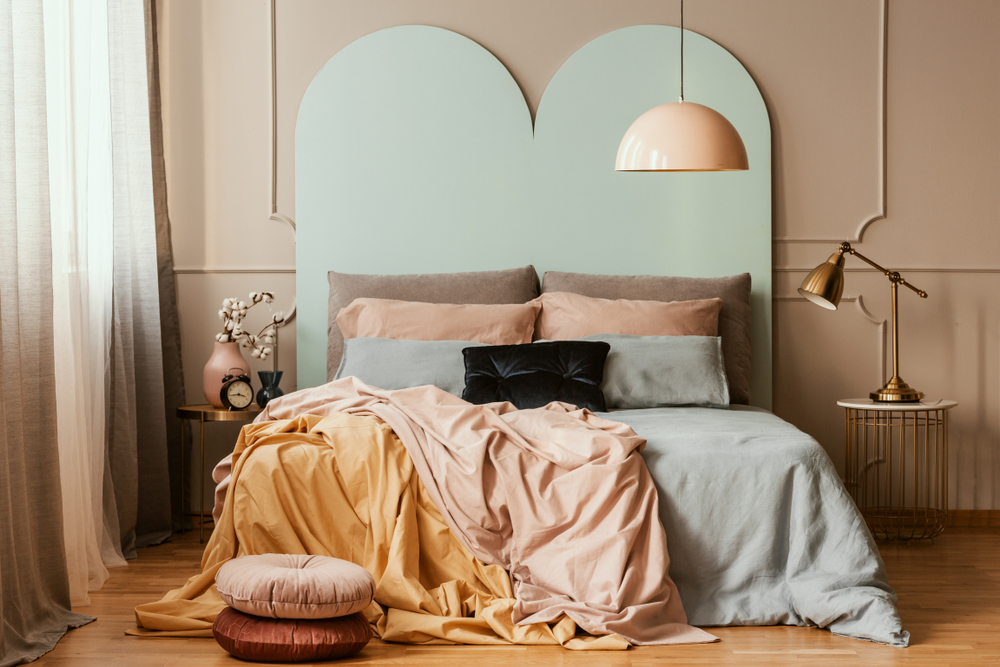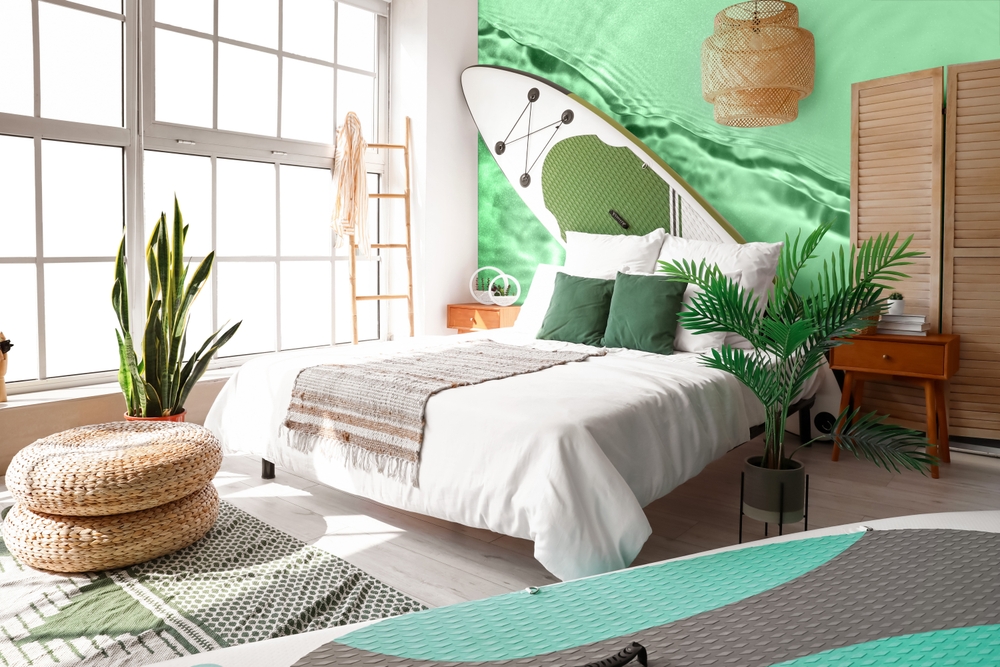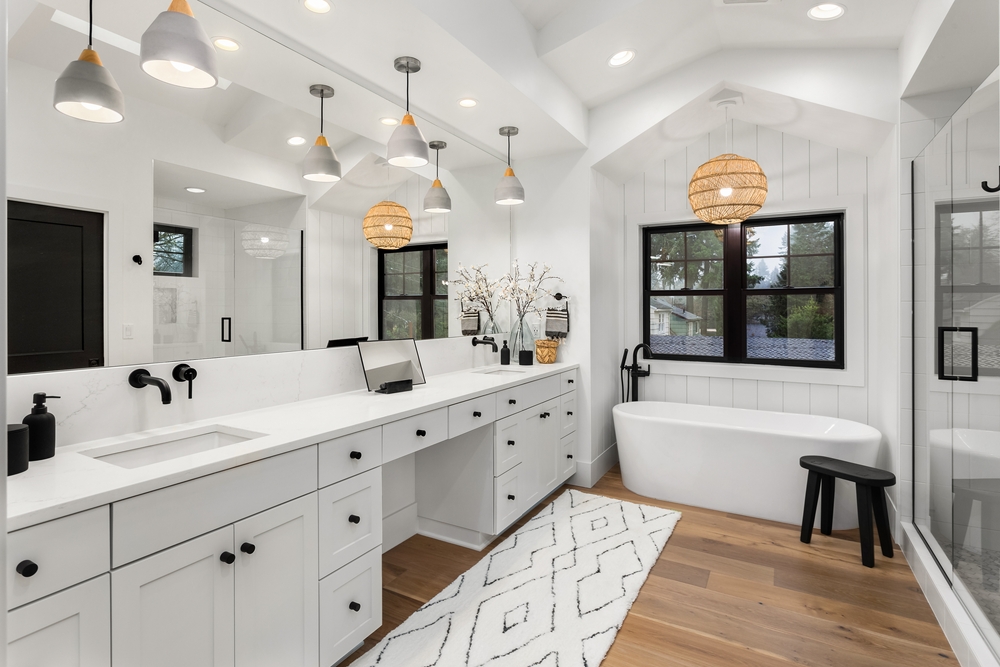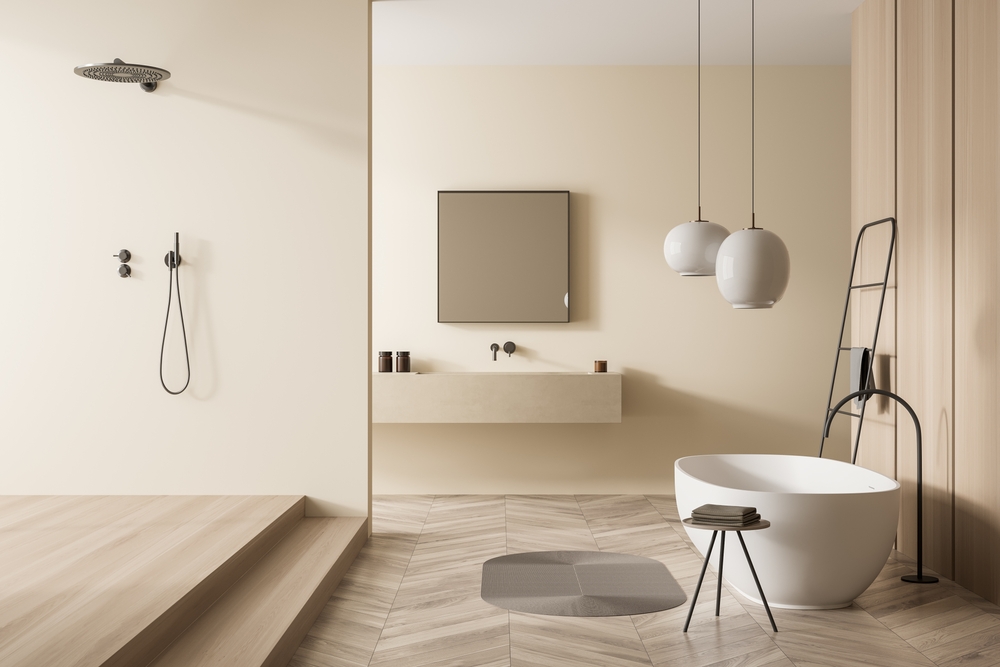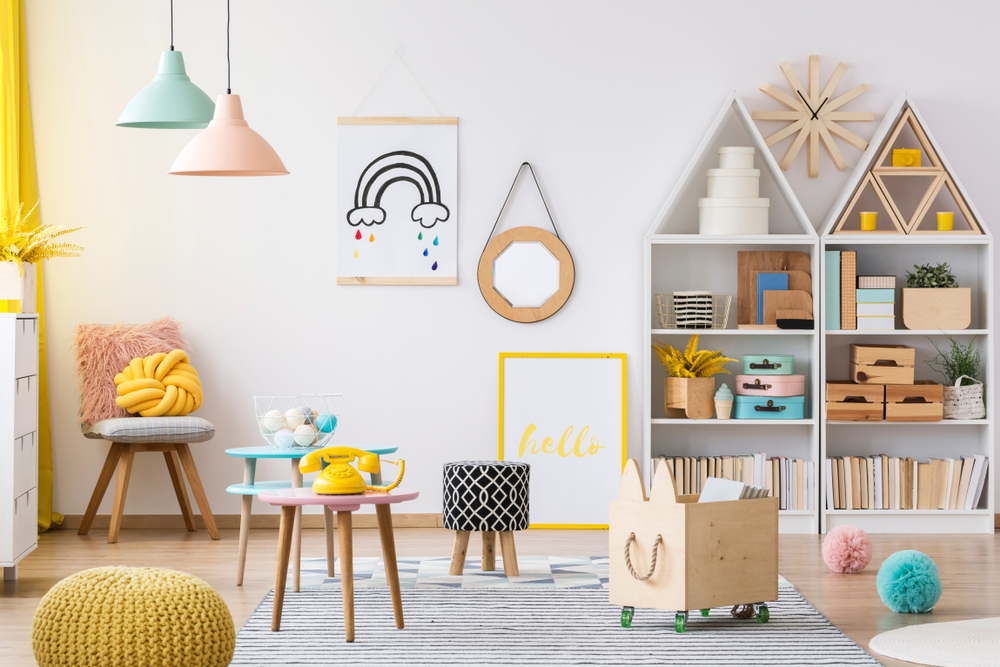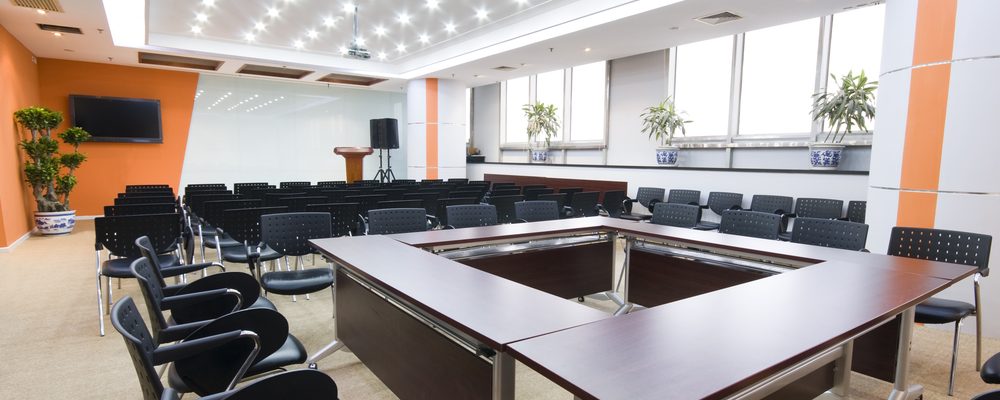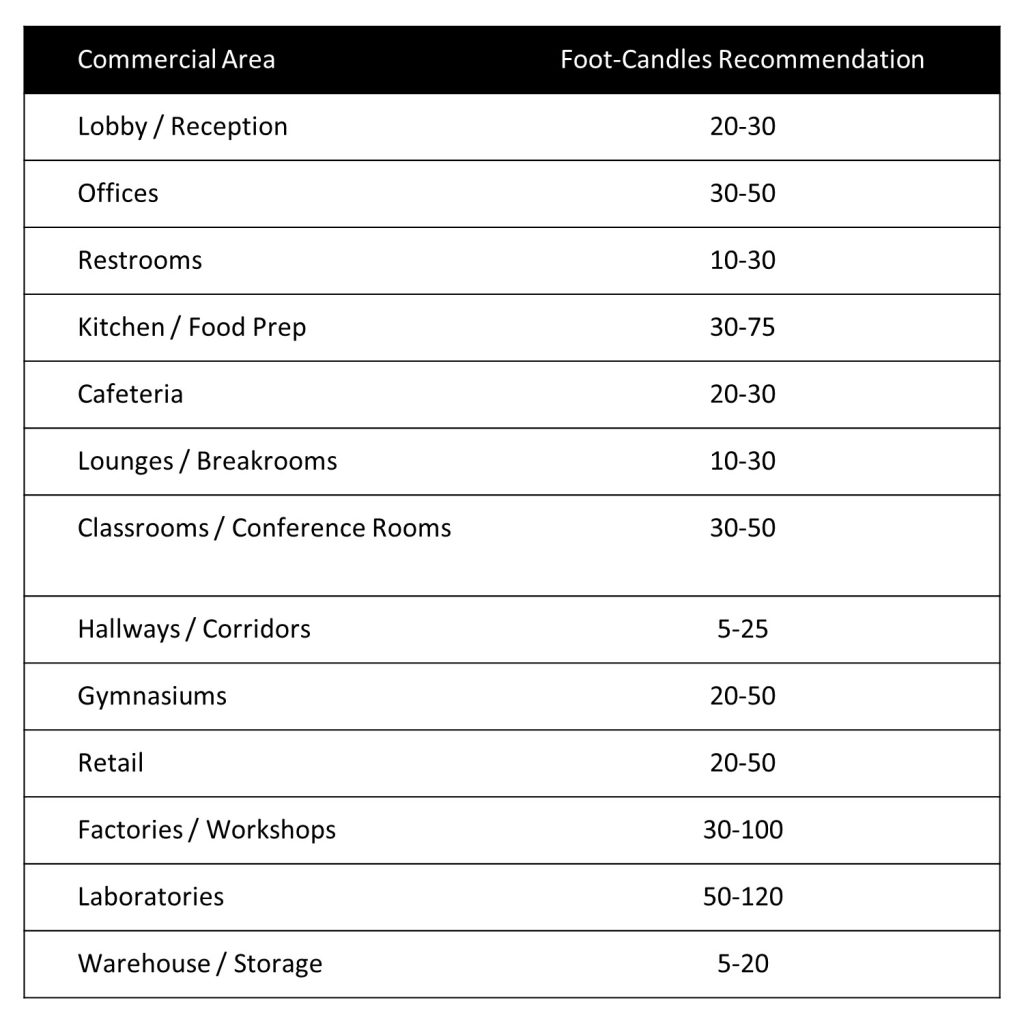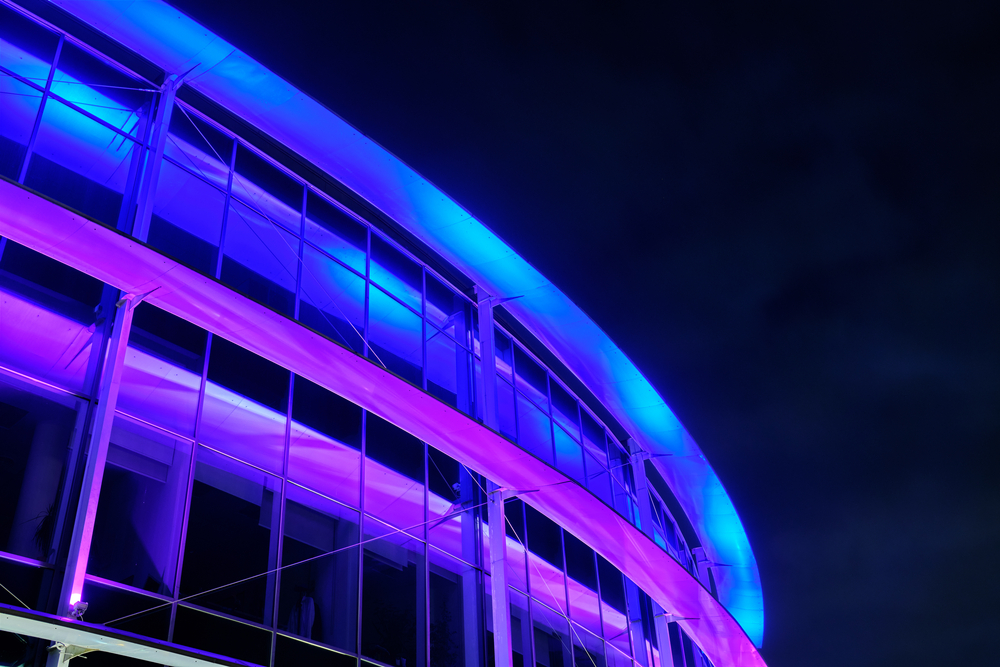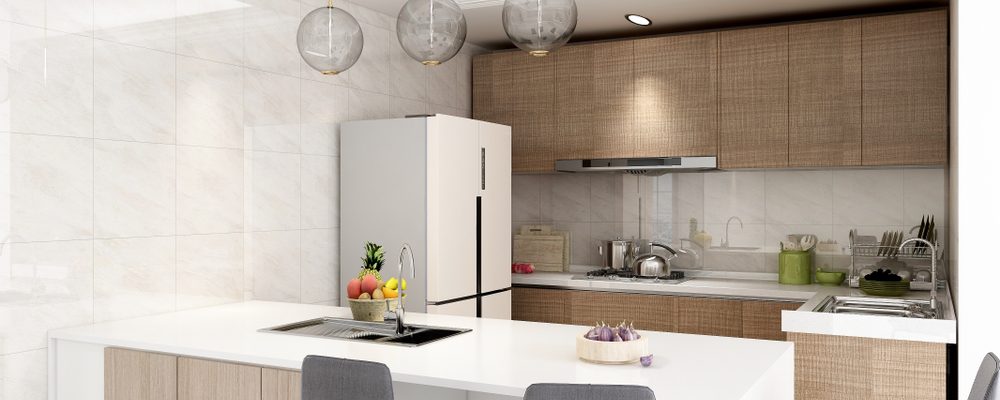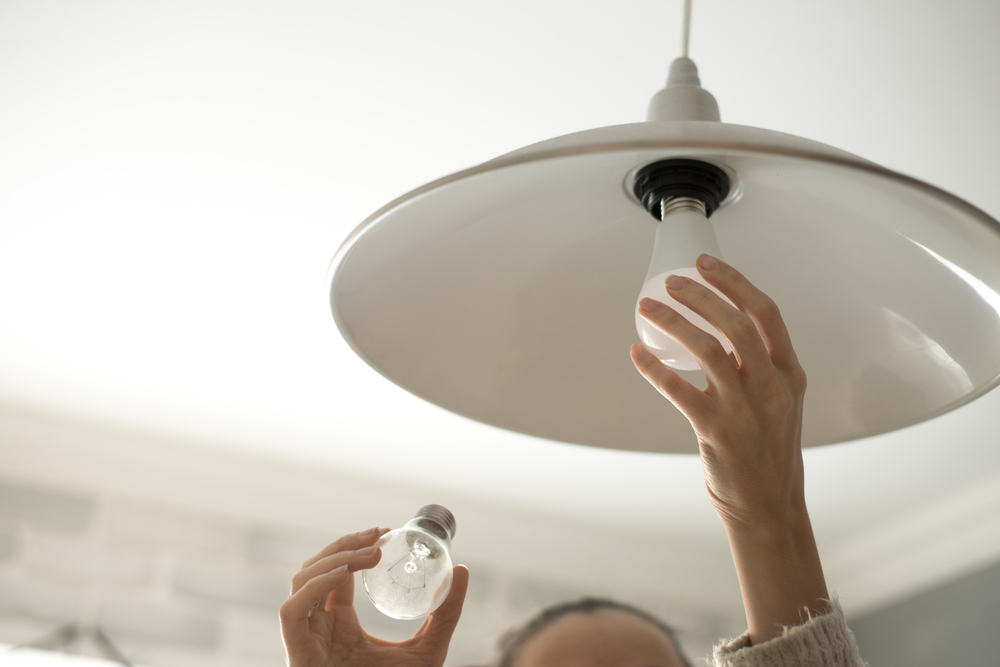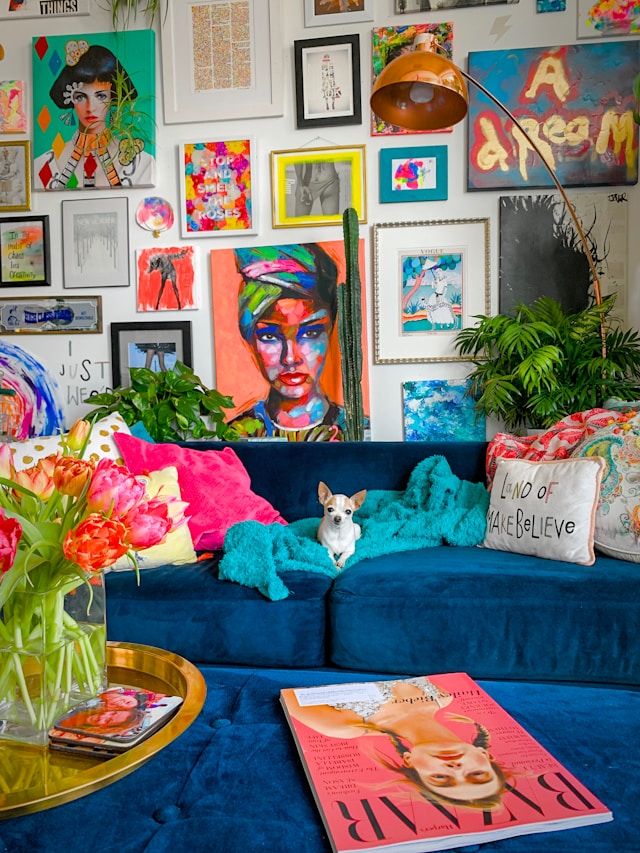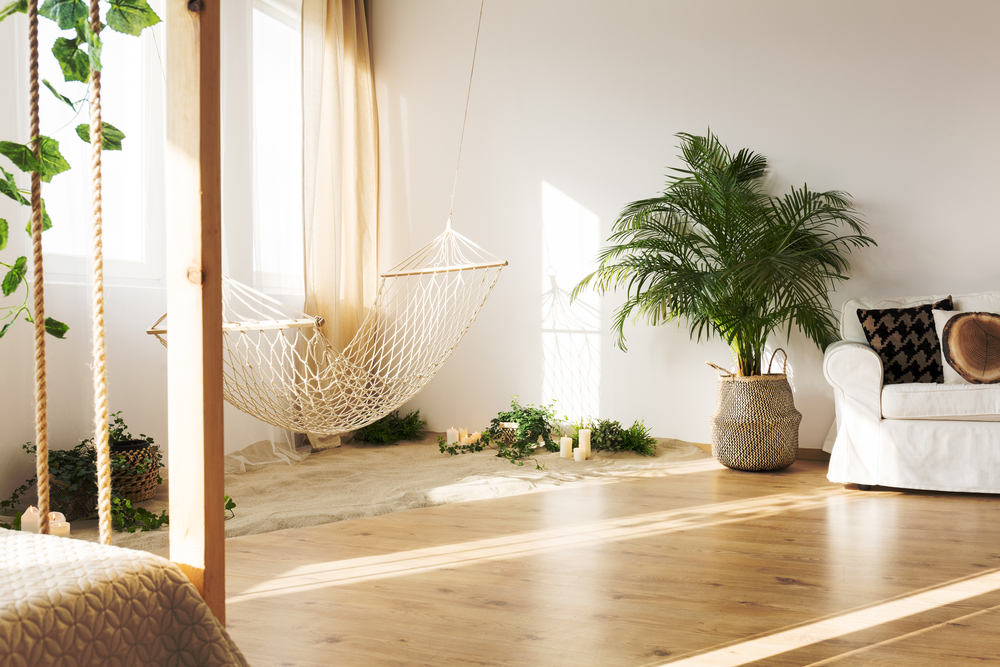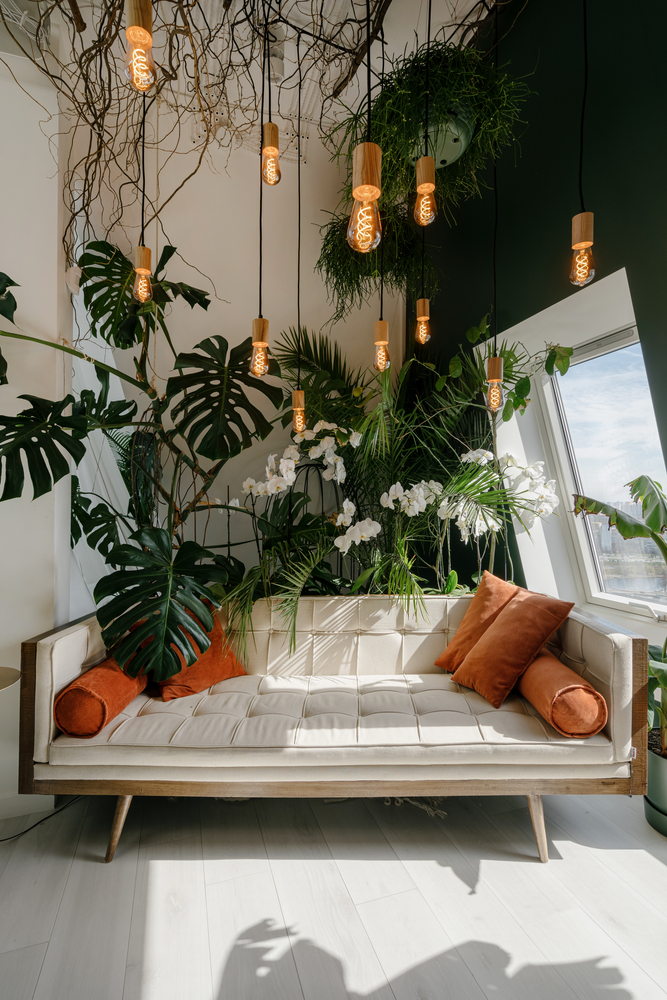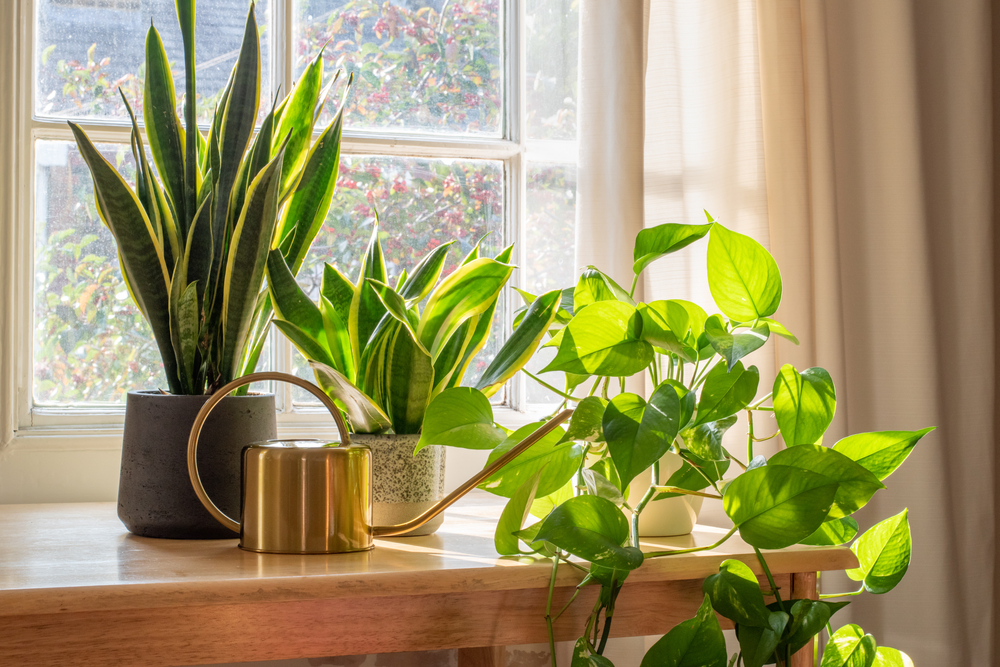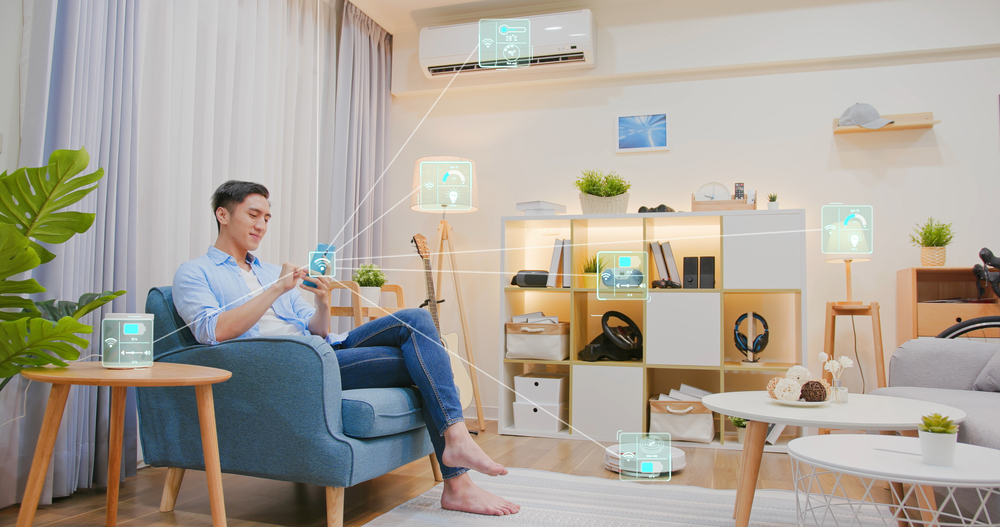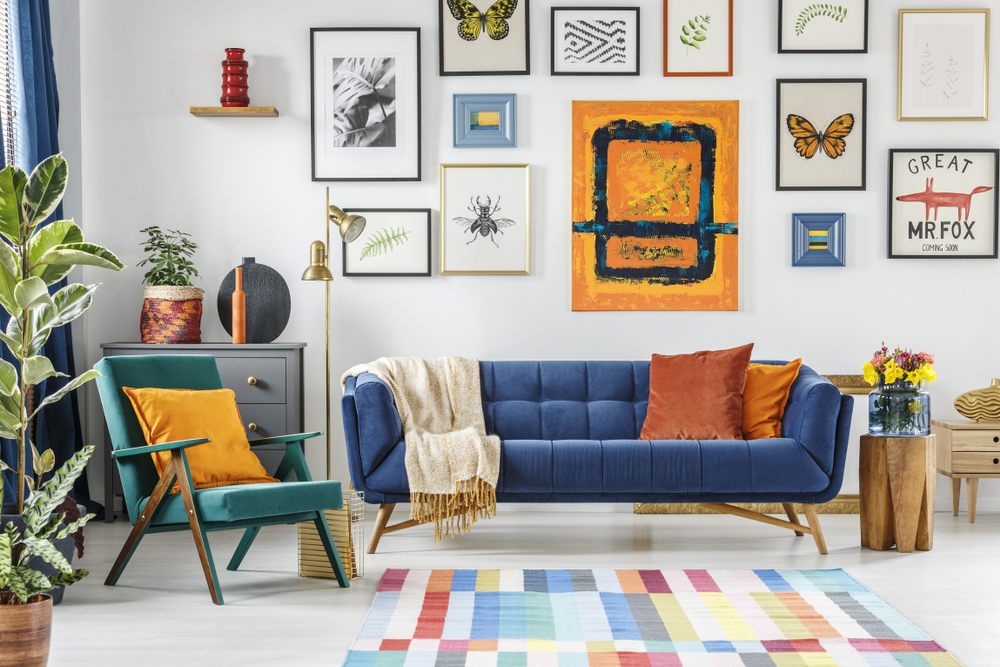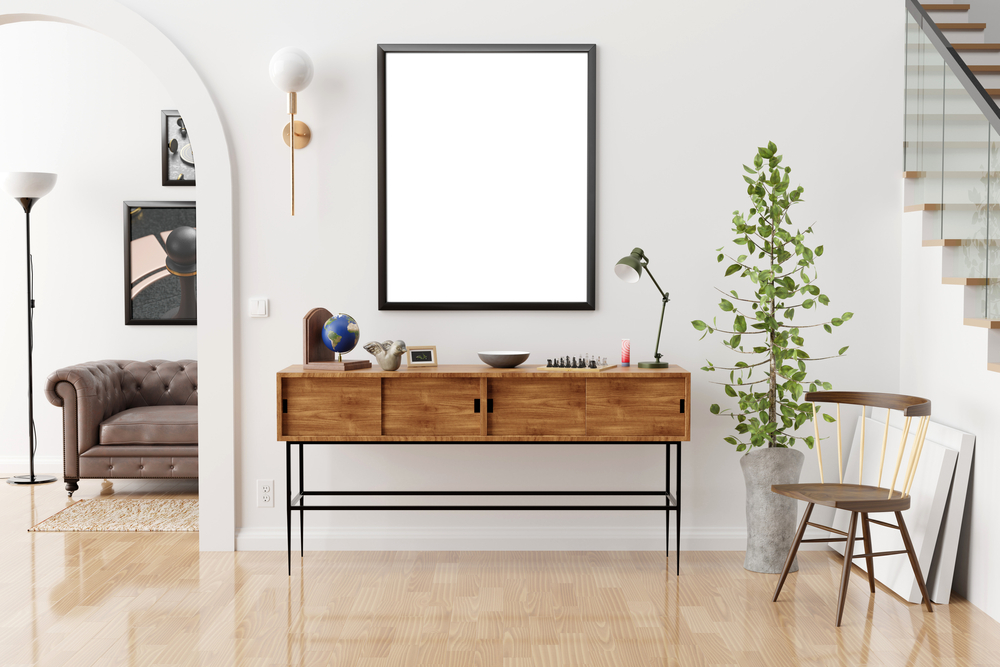Welcome, homeowners, to a journey into the heart of home entertainment – your very own home theater. As technology continues to advance, the cinema experience is no longer confined to luxury homes and multi-screen theaters. In this blog, we will explore the vital role that lighting plays in transforming your home theater into a cinematic masterpiece. From setting the mood to enhancing safety and reducing eye strain, the right lighting can elevate your movie nights to unparalleled heights. If you’re ready to embark on this illuminating adventure, contact us at Illuminations for expert assistance tailored to your home theater lighting needs.
Creating the Cinematic Ambiance
Ambiance is the name of the game when it comes to home theater lighting. It’s easy to flip a switch and turn out the lights before turning on a movie, but all that does is give you a dark room. If you really want to set the scene for your cinematic experience, you’ll want to craft a few lighting moments into the space that set the tone without taking away from the main attraction.
Creating a Zone Map
Depending on the size and layout of your home theater, it’s worth taking a moment to draw out the space and determine how you use each area. If the entire room is seating, you may only have one zone to consider. But, if you have a seating area, snack area, and a staging area, you’ll want to consider the lighting needs of each area separately.
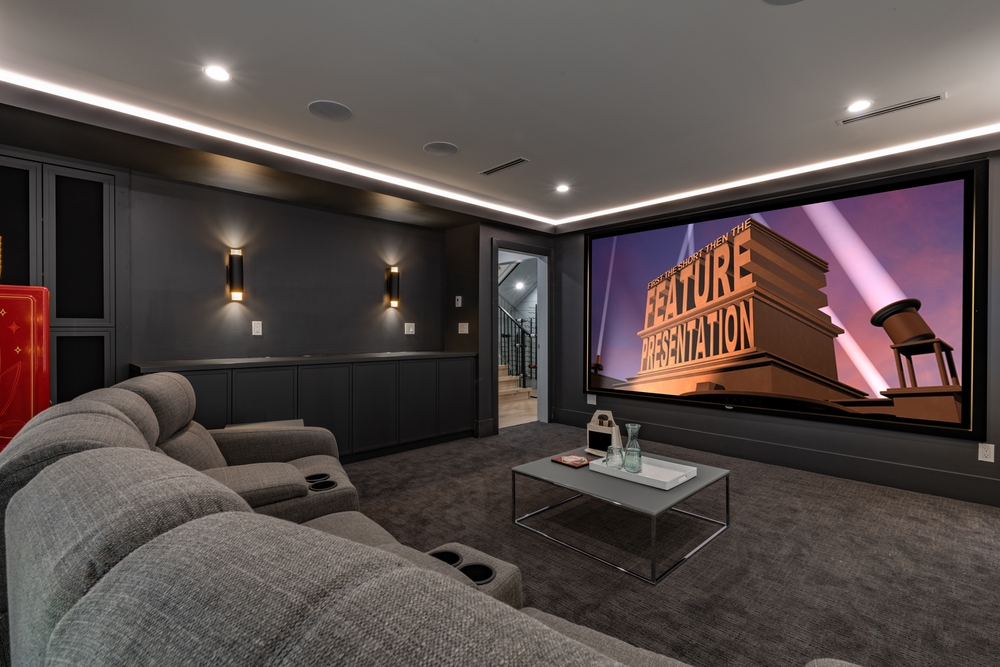
General Lighting
General lighting, also called ambient lighting, is the term for the overall or general lighting in a space. The best ambient lighting gives a uniform amount of light across a room. If your theater room is equipped with a single light overhead, you may want to find ways to supplement the light with lamps or sconces to give more even light coverage for before and after the show. If you’re building or renovating, consider choosing a grid of recessed lights to get the best coverage.
Indirect lighting around the room creates a cozy and immersive atmosphere, transporting you into the world of your favorite films. Rather than choosing fixtures that shine light straight down into the room, look for options that shine light up or out onto the walls, like track or cove lights. The light will reflect off the walls into the room without the same harsh glare as an overhead bulb.
One of the most important features of your theater room’s ambient light is dimmability. Choose dimmable fixtures and bulbs to help set the right mood. Opt for bulbs with warm color temperatures to create a cozy, relaxing atmosphere.
Task Lighting
Think of task lighting as “specific job” lighting. The purpose of task lighting is to make a certain job or action easier or safer to do. In a home theater, places that could benefit from task lighting include aisles, snack areas, and tech areas.
Well-placed wall sconces, lamps, floor or stair lights, or recessed lights can help to make mid-movie snack or bathroom breaks safer, and avoid the struggle of fumbling with the projector controls in the dark.
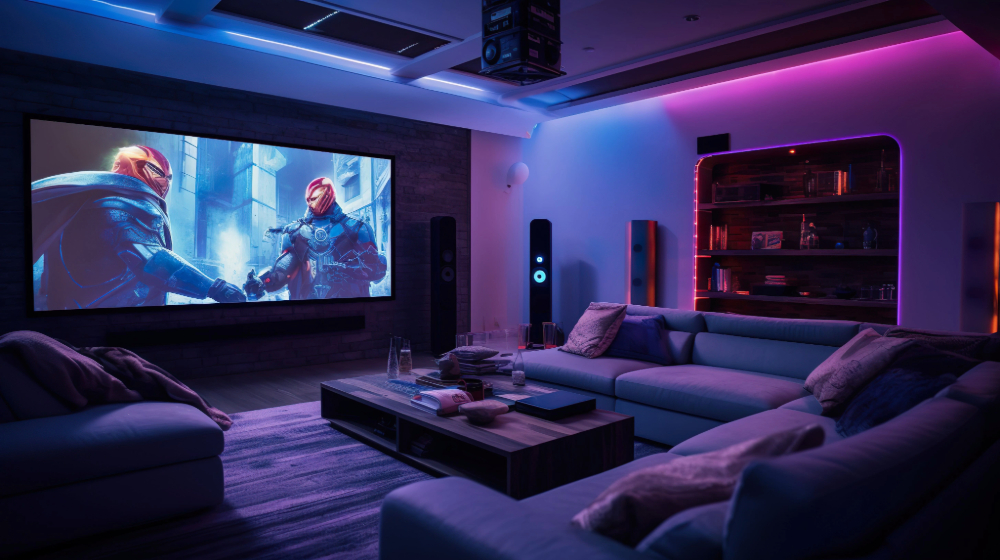
Accent Lighting
Accent lighting is all about drama. The purpose of accent lighting is to highlight architectural details or artwork, or to paint shapes or patterns with light and shadow onto the space. Accent lighting can also be artwork that lights up, like a neon “popcorn” sign over your snack corner.
Consider track lighting or LED art sconces to highlight movie posters and other artwork on the walls. Smart, color-changing bulbs are a fun and easy way to make your home theater lightscape fully customizable – whether it’s a spooky, deep red for horror movies or a playful, light pink for a weekend showing of the Barbie movie, color-changing bulbs will elevate the room to a whole new level.
Enhancing Safety and Reducing Eye Strain
A home theater needs to do more than just look cool, it should also be a safe and comfortable space. In addition to creating a cinematic experience, you’ll want to consider how you move around the space, and take measures to avoid eye strain so that you can spend hours of worry-free time in your new space.
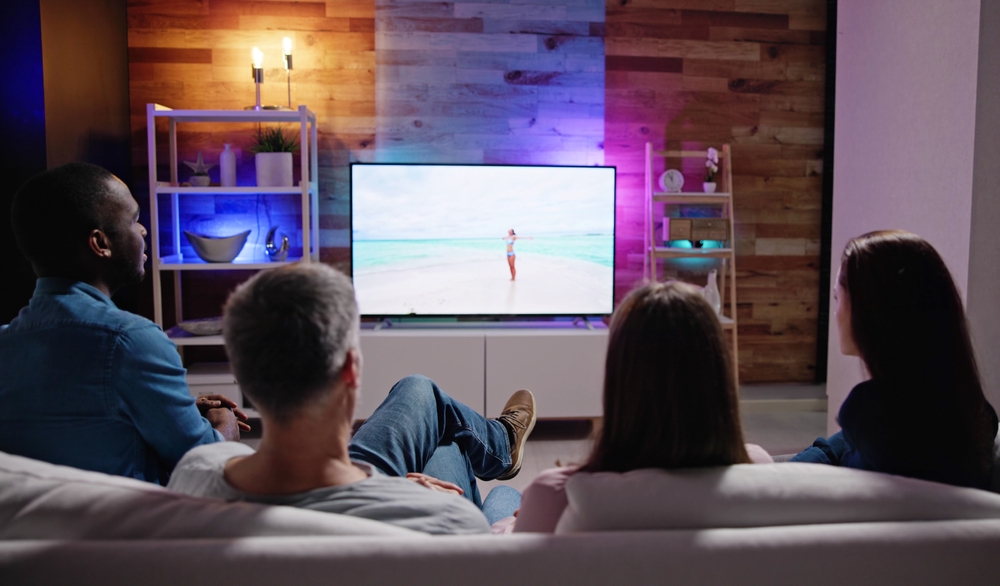
Bias Lighting
If you haven’t heard of bias lighting, get ready to level up. Bias lighting involves adding soft light behind a screen that emanates out and around the edges. This gentle glow minimizes the harsh contrast between a bright screen and a dark room, which makes it easier on the eyes. Bias lighting can be used on any screen or monitor (hello, work monitor upgrade), but it’s an especially effective way to make movie viewing more comfortable.
One of the easiest ways to add bias lighting is with LED strip lights. Many can be simply stuck to the screen or monitor with 3M tape, making it an incredibly simple project with a huge pay-off. LED strip lights come in wired and wireless options, so it should be easy to find something that will work for your space.
If you feel like getting really fancy, look into smart bias lighting. These systems can detect the colors being displayed on the screen, and mimic them around the screen, expanding the colors from your movie out into the space.
Pathway Lighting
We’ve mentioned this before, but pathway lighting is more than just a cool add-on, it’s a safety must for a home theater. Install floor-level lighting along pathways, stairs, or under seats to ensure safe movement in the dark
Subtle LED strips, recessed lights, rope lights, and wall sconces all offer a practical yet stylish solution to prevent tripping hazards. All of these will come in wired and wireless options, so you can choose whether you’d rather hire an electrician to install fixtures to a switch, or opt for rechargeable or battery-powered options that can be maintained here and there when needed.
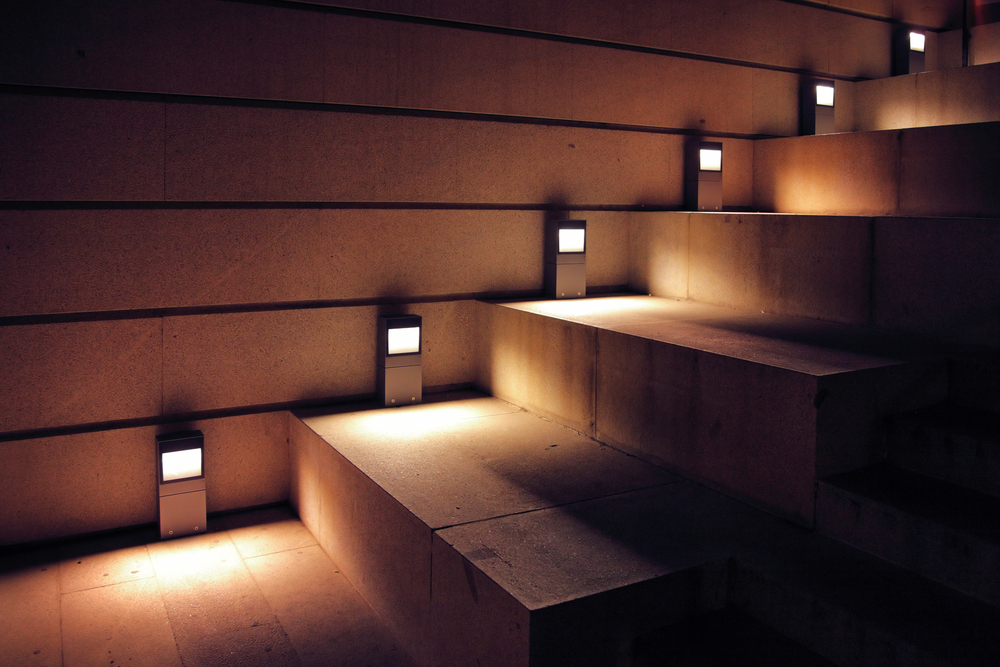
Pro Tip: Pathway lighting is a great trip hazard reducer, but adding light won’t be a safety feature if it comes with loose cords running across the walkway. If you can’t avoid running a cord across a walkway, consider covering the path with a runner rug to minimize trip hazards in the dark.
Smart Lighting Controls
Smart lighting comes with a huge “wow” factor, and it makes setting the tone for your cinematic adventures as easy as a quick button tap on your phone. Don’t be intimidated by the set up – smart lighting is highly customizable, but it’s also easy to operate. You’ll be able to dim the lights, change the tone from cool to warm, or set bulbs to different colors to set the mood for whatever film is in the queue.
Investing in smart lighting systems will also allow you to create pre-programmed scenes for different viewing experiences and set lights to timers or motion sensors. The options are pretty limitless, and odds are if you want to do it, there’s a smart lighting solution that can make it happen. Once you’re up and running, you’ll be able to create an impressive and unforgettable experience every time you use the space. (We won’t tell your friends how easy it was to do.)
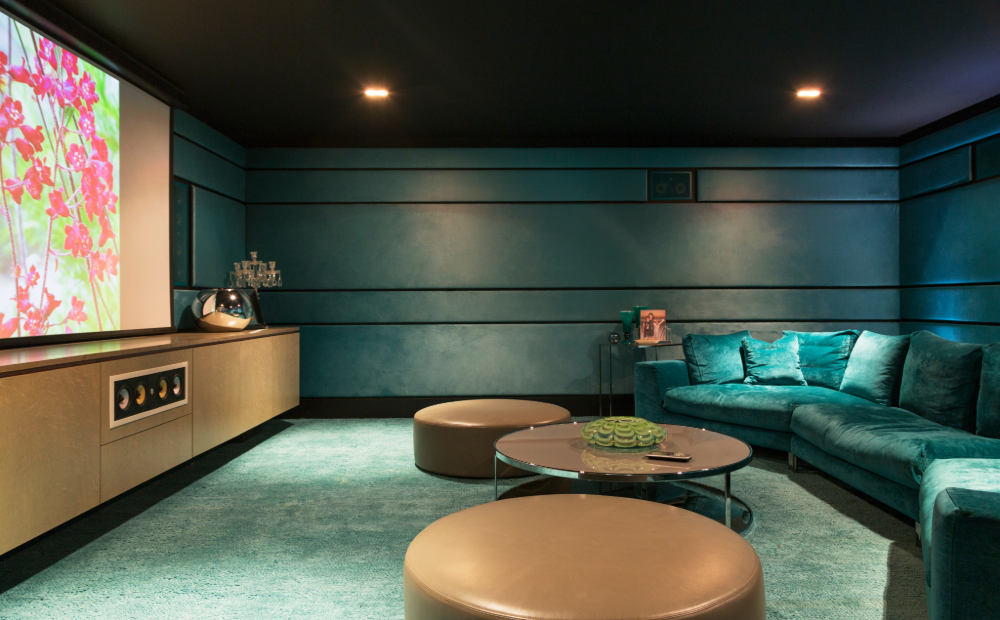
Ready to transform your home theater into a haven of cinematic bliss? As you embark on the journey to design your home theater, remember that lighting is the unsung hero that can truly elevate your cinematic experience. Our team at Illuminations is here to guide you through the process of selecting the perfect fixtures for your space. Contact us for a personalized consultation and visit our showroom to explore the latest trends in home theater lighting. By carefully selecting fixtures that enhance ambiance, ensure safety, and reduce eye strain, you’re not just illuminating a space – you’re creating a haven for unforgettable movie nights.
